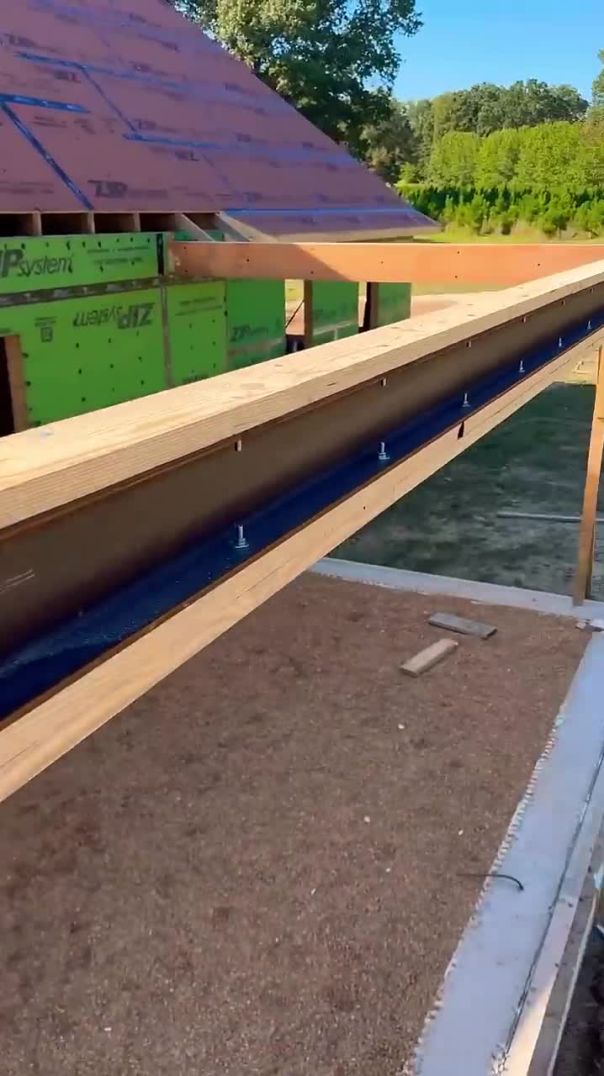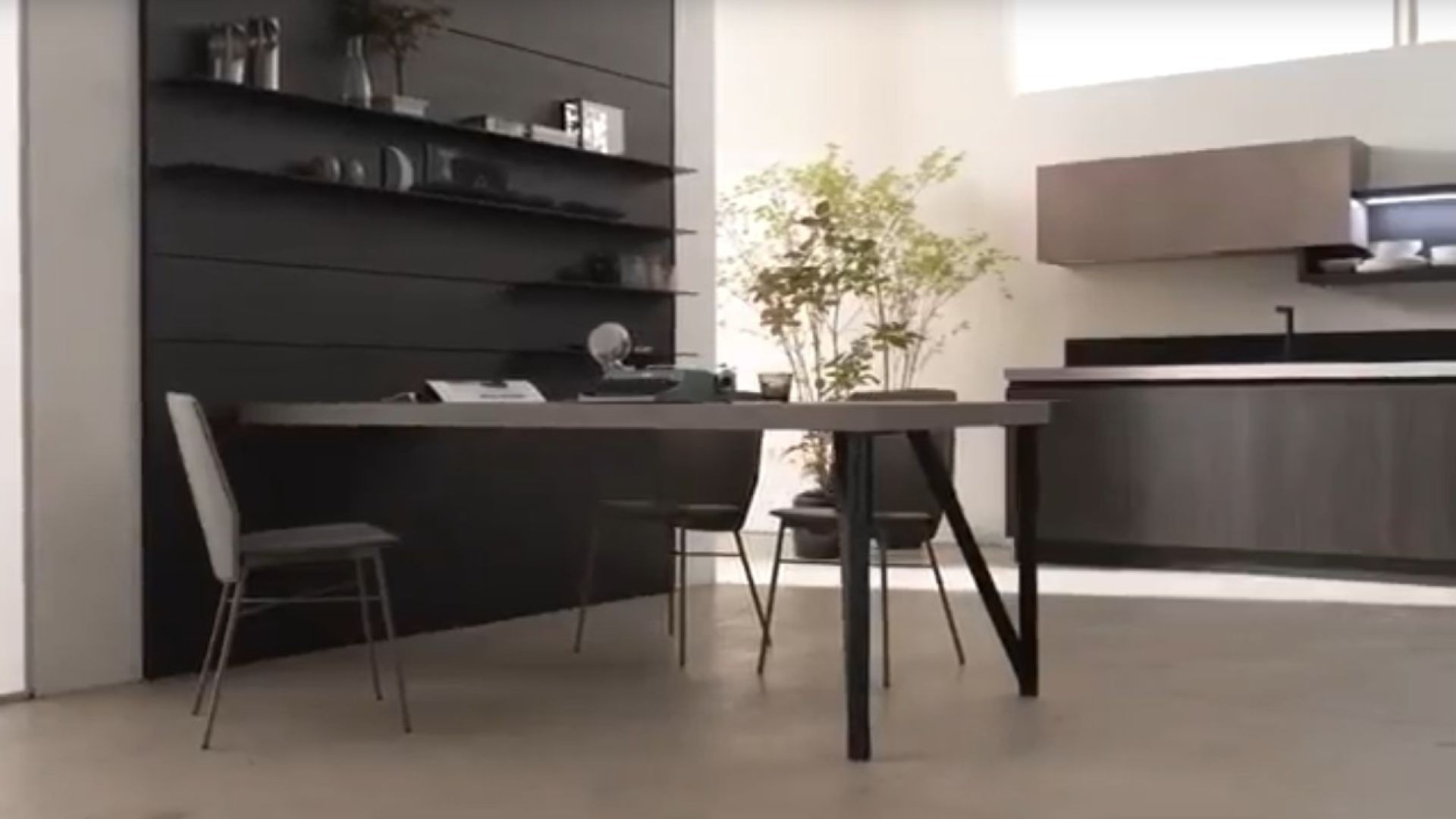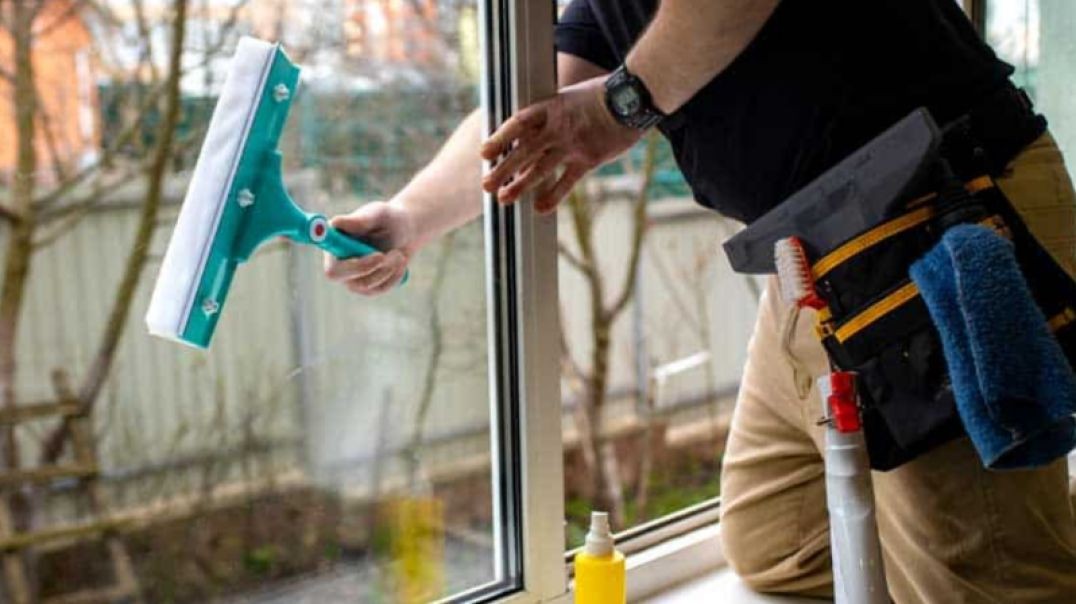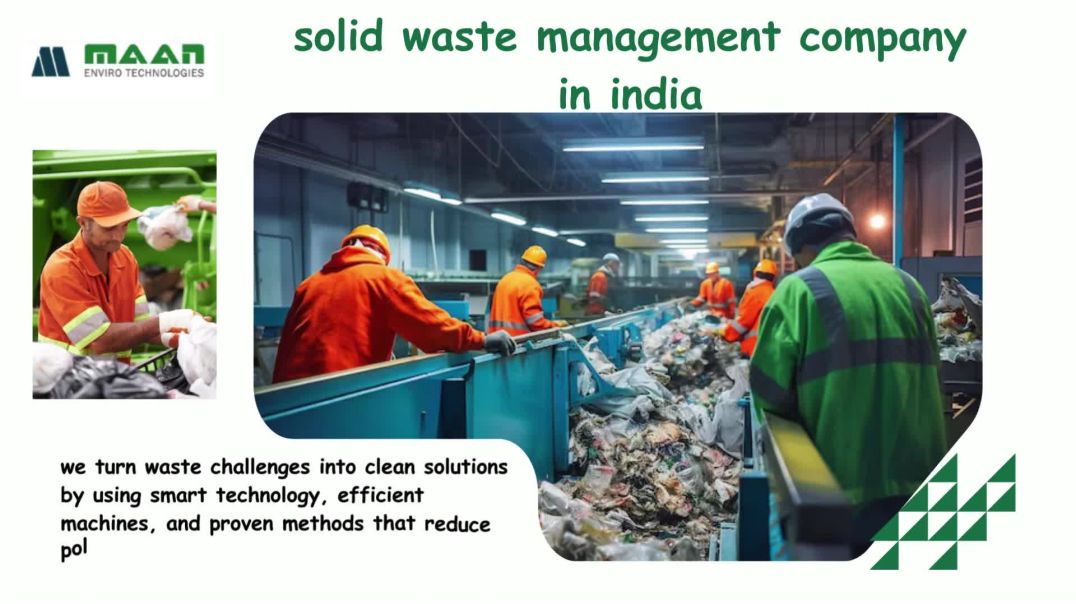4728 Views· 03 June 2024
How to Make Compost at Home | Kitchen Waste Compost Update
Creating compost from kitchen waste at home is a fantastic way to recycle organic materials and produce nutrient-rich soil for your garden. Here’s a comprehensive guide on how to get started and maintain your composting process effectively:
### Step-by-Step Guide to Home Composting
#### 1. **Choose a Composting Method**
There are several methods to compost at home, including:
- **Compost Bins or Tumblers**: Great for urban environments; they keep the compost contained and neat.
- **Compost Piles**: Simple and effective for larger spaces.
- **Vermicomposting**: Uses worms to break down organic material, ideal for small spaces and quick composting.
#### 2. **Select a Location**
Choose a dry, shady spot near a water source for your compost bin or pile. Ensure it's easily accessible but not too close to your home to avoid unpleasant odors.
#### 3. **Collect Kitchen Waste**
Gather compostable kitchen scraps such as:
- **Greens (Nitrogen-rich materials)**: Fruit and vegetable peels, coffee grounds, tea bags, eggshells.
- **Browns (Carbon-rich materials)**: Dried leaves, cardboard, paper, straw, sawdust.
#### 4. **Avoid These Items**
Do not compost:
- Meat, fish, dairy products
- Fats or oils
- Pet waste
- Diseased plants
- Synthetic chemicals or plastics
#### 5. **Build Your Compost Pile**
- **Start with a Base Layer**: Place coarse materials like straw or small branches at the bottom to aid air circulation.
- **Alternate Layers**: Add layers of greens and browns alternately. Aim for a balance of approximately 2/3 browns to 1/3 greens.
- **Moisture Control**: Keep the compost pile moist, like a damp sponge. If it's too dry, add water; if it's too wet, add more browns.
#### 6. **Maintain Your Compost**
- **Turn the Pile**: Aerate the compost by turning it with a pitchfork or shovel every 1-2 weeks. This helps speed up the decomposition process and prevents odors.
- **Monitor Temperature**: Active compost piles heat up as materials break down. A temperature between 135-160°F (57-71°C) is ideal. If it cools down, turn the pile to introduce more oxygen.
- **Troubleshoot Issues**: Bad odor can indicate too much green material or insufficient air. Add browns and turn the pile more frequently. A dry pile needs more water, while a soggy pile requires more browns and aeration.
#### 7. **Harvest Your Compost**
- **Timeframe**: Composting can take anywhere from a few months to a year, depending on the materials and conditions.
- **Ready Compost**: Finished compost is dark, crumbly, and has an earthy smell. It should no longer resemble the original materials.
- **Use the Compost**: Spread it in your garden beds, mix it with potting soil, or use it as a top dressing for plants.
### Kitchen Waste Compost Update: Tips for Success
- **Chop Waste**: Cut kitchen scraps into smaller pieces to speed up decomposition.
- **Balance Greens and Browns**: Ensure a good mix to maintain a healthy compost pile.
- **Compost Activators**: Consider adding compost activators like manure, alfalfa meal, or commercial products to boost microbial activity.
- **Seasonal Adjustments**: In colder months, insulate your compost pile with straw or leaves to maintain warmth and activity.
By following these steps and tips, you can successfully turn your kitchen waste into valuable compost, enriching your garden and reducing landfill waste. Happy composting!






























0 Comments